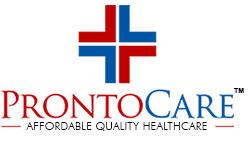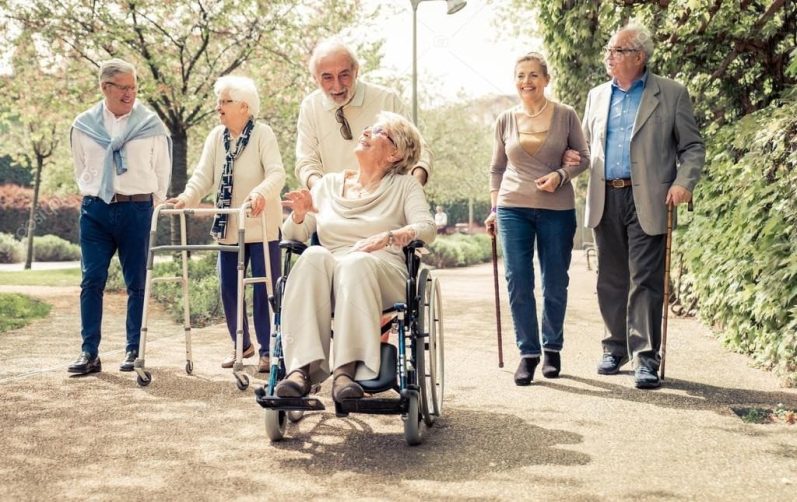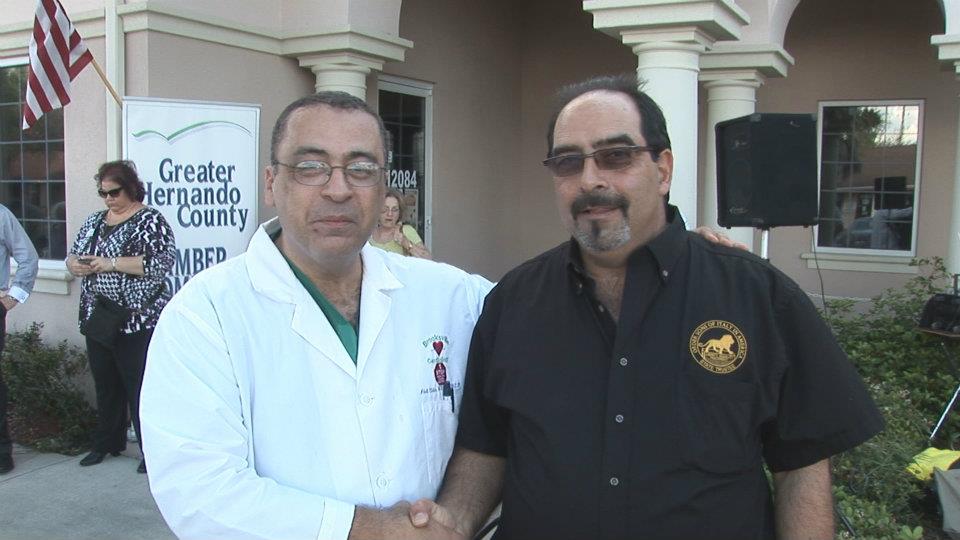Another largely preventable disease which has devestating impact on society, economy and and the entire community when a strokes hits as quality of life will be changed for ever. So, what can be done to prevent strokes?
First of all, for the 75 millions of Americans who have high blood pressure that needs to be controlled first by life style modifications such as low salt intake, avoid obesity, sedentary life style by regular excercise, avoid smoking and alcohol abuse as it will raise your blood pressure. If these measures alone are not enough to achieve adequate blood pressure control as it needs to be kept lower than 130/90 mmHg, then will have many choices of blood pressure medications which can be easliy tailored to fit patient medical profile and life style. So, for example, avoid diuretics during communiting to work which can be taken later in the day, using a class of medications called ACE-inhibitors when patient have diabetes as well and so on.
The exercise does not have to be vigorous ,aorund 30 minutes sessions 5 times a week ( in the form of walking, swimming, biking, dancing or Jogging). Recent studies showed blood pressure control especially during middle ages ( 45-65 years of age) was associated with lowering the chances of developing dementia and cognitive impairment. Other risk factors needed to be controlled as well would include diabetes, high cholesterol and high triglyerdies. Diabetes needs to be controlled to prevent blood clots( thromosis). Similarly, Aspirin slows the blood’s clotting action by reducing the clumping of platelets. Platelets are cells that clump together and help to form blood clots which causes the brain attack( stroke) just like causing the heart attack. By the same token, you have to be aware of potential side effects such as bleeding with apirin use.
If patients go on to develop Atrial Fibrilation( A.Fib) which is a very common irregular heart rythm the incidence of which increases with aging and hypertension. Atrial Fibrillation( A.Fib) can be monitored now with many new wearable technologies or simply down load the app that monitors the heart rythm when placing your fingers on the smart phone screen.A.Fib can be intermittent ( paroxysmal) or Permenant but both carry the same risk potential for strokes especially diuring the most vulnerable time of changing the rythm to A.Fib and throw a blood clot to the brain causing a subsequent stroke!
A new scoring system to assess the risk for embolic stroke in case of Atrial fibrillation based on clinical factros called CHADS2 Score as follows:
C refers to Congestive Heart failure ( 1 Point)
H . Hypertension, more than 140/90 (1 Point)
A Age more than 75 years of age ( 1 Point)
D Diabetes (1 Point)
S2 Prior Stroke ot Transient Ischemic Attack, TIA ( 2 Points)
The consensus opinion is that for any patient who has a risk score of 2 or more should be on blood thinners to prevent embolic strokes from blood clots formed due to Atial Fibrillation. There are few excpetions when there is a clear contraindicationd to use blood thinners such as bleeding, advanced dementia, unsteady gail with frequent falls with high probability to sustain a head truama leading to bleeding in the head which can be fatal!
It is a very fine balance between risks of strokes versus bleeding for which every patient has to be monitored. To improve patient compliance of medication intake, a new generations of oral blood thinners ( anticoagulants other than Coumadin) that does not require frequent checking of blood level like coumadin does and there is no restriction on eating green leaf vegetables such as in case of Coumadin! Thus, patiens can enjoy eating their salads and other green vegetables without restrictions but they still have to be monitored for any bleeding while on these blood thinners which include ( Eliquis , Pradaxa and Xalerto). This new types of blood thinners can be adjusted only in case of abnormal kideny functions by reducing their doses as those blood thinners are cleared by the kidneys.
Stroke Prevention is important because of devestating irreversible damage that would lead to disability, paralysis, memory loss, emotional or behavioral changes. Speech and communication difficulty along with constant need for assistance with ambulation, personal hygenie due to urinary and fecal incontinence. If the swallowing mechanism is affected by the stroke, then this may lead to choking on food, and aspiration pneumonia with subsequent respiratory failure. Hence , the need to have a stomach-tube feeding ( Feeding Gastrostomy) for nutrition to prevent aspiration pneumonia as the food is going down the wrong pipe( trachea ).
Another way to reduce strokes is Carotid artery disease detection first by simple ultrasound screening for those with risk factors or with established Athrosclerosis (clogging of the arteries )some where else in the body like in the case of coronary arteries would be a good start. If there is enough bloackage which is defined to be more than 50% according to published trials, there is a benefit for patients to be evaluated for Carotid Artery Endartrectomy Surgery to prevent strokes or stenting instead. Those who had mini strokes or Transent Ischemic Attacks ( TIAs) could preseent with ( Amarousis Fugas) which is a temporary painless loss of vision on one or both eyes with motor weekness or speech loss episode. More diagnostic studies are done such as CT Angio of the Carotid Arteries are done or MRA, which is Magnetic Resonance Angiography to assess the degree of narrowing more precisely and plan appropriate intervention afterwards. There are two basic choices for treating Carotid Artery Disease, the first being Carotid End Artrectomy Surgery or Caortid Artery Stenting for those who are high risk for carotid sugery and done with a brain protection device to minimize the incidence of strokes during and after procedure. A catheter or a hollow tube is positioned and a tiny wire crosses the blockage then followed by the advancement of the Carotid Stent and then strategiclly positioned against the blocked area and then the stent ( metal mesh) is deployed which will act as a scafold to keep the Carotid Artery open. There is an estimated 130,000 unexpected deaths annually which are related to undetected and thus untreated Carotid Artery Disease. There should be No Carotid intervention by either surgery or stenting if the carotid artery is occluded 100%!
Timing for Carotid Intervention is critical if there is concomitant Coronary Artery Disease and the patient is going for Heart Bypass surgery. It is better to have caotid artery stenting with brain protection if the anatomy is not favoring surgery. If a patient suffered a recent stroke due to significant Carotid Artery Disease, then a cooling period ranging between 8-14 days is recommended before doing Carotid surgery to lower the post operative risk of stroke or death. Aclose coordinatuon between the vascular surgeon, the caring cardiologist and neurologist is essential to help navigate during this critical period. As you can see thus far, preventing most of the strokes is achievable starting with risk factors modification especially high blood pressure, early non-invasive screening for carotid disease. Pharmacologic therapy with lipid lowering therapy to prevent plaque progression, Antiplatelet therapy, starting blood thinner therapy in cases of non-valvular Atrial Fibrillation with CHADs Score more than 2 . Finally, if mechanical intervention is required and choose between carotid surgey versus carotid stenting with brain protection. Starting early aggressive physical and speech therapy would help accelerate recovery and prevent further deterioration after strokes. Hopefully, everyone will be educated to go over the list of previously oulined interventions to implement BEFORE Stroke Strikes, but if happened already, it is never too late to implement the previously outlined measures to prevent recurrent strokes!




